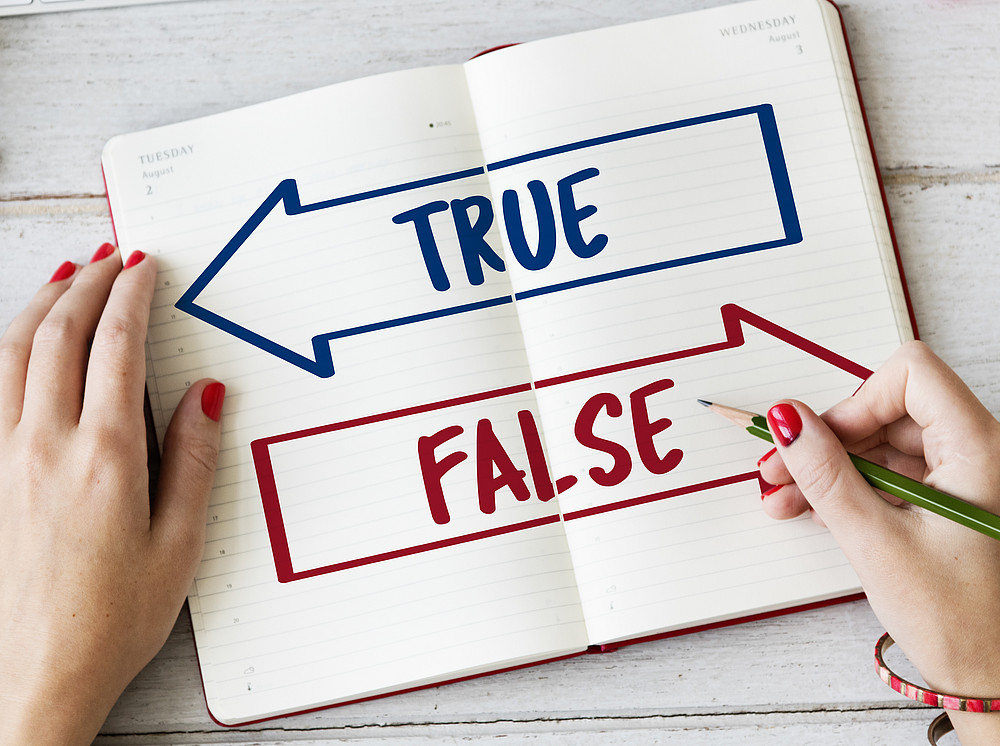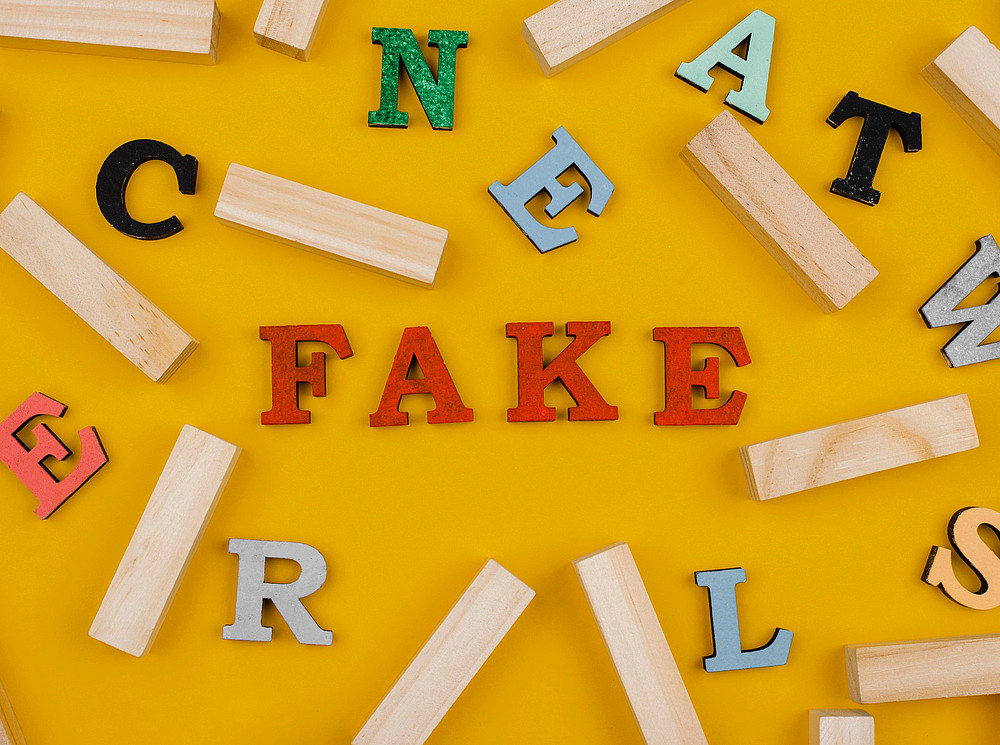Fake journals & predatory publishing
"Fake journals" and "predatory publishing" are questionable business models used by publishers and journals. In many cases, the publishers and editors of such fake journals abuse the Open Access publishing models by charging authors Article Processing Charges (APCs), which are not unusual for Open Access publications, but failing to provide the standard publishing services, such as editorial and/or peer review, professional layout, marketing and long-term availability of articles, or only providing them inadequately.
The aim of fake journals is not to publish high-quality research but to get as many articles online as possible with as little effort as possible to make as much profit as possible. Predatory publishing is a lucrative business, as evidenced by the proliferation of disreputable publishers and journals in recent years and the increase in other unethical offerings, such as fake conferences.
For more information on predatory publishing and fake journals, watch our video tutorial, "Fake Journals - Was sind sie und wie damit umgehen?" (in German).

Recognising fake journals
It is not always easy to distinguish a serious journal from a dubious one - often, the website looks very professional. Sometimes, a fake journal is given a name similar to that of a well-known journal, the hope of the editors being that authors will mix them up. Often, suspect and intransparent metrics are used to feign quality, or an Impact Factor is given for a journal when it is not indexed in the Web of Science database and, therefore, has no Impact Factor.

Check whether the journal is listed in the Cabells database
- Cabells International uses an extensive list of criteria to evaluate suspect journals, which is available in "Cabells International: Predatory Reports". The University of Graz licences this database, so university members have access via the Database Information System DBIS.
Check whether the journal is indexed in reputable databases
- Databases such as Web of Science and Scopus (accessible via DBIS) only index journals that meet certain quality requirements, such as peer review. The Directory of Open Access Journals (DOAJ) only lists Open Access journals that meet a comprehensive set of criteria.
Check whether the publisher is a member of OASPA or COPE
- The Open Access Scholarly Publishers Association (OASPA) maintains a list of reputable Open Access publishers accepted as members following a rigorous evaluation process and regularly assessed for compliance with the required quality criteria.
- The Committee on Publication Ethics (COPE) supports publishers and editors on matters of good scientific practice and publication ethics. The list of members is publicly available.
If the journal does not appear in any of the databases above, check the journal against the following checklists
- Short checklist from the platform Think. Check. Submit
- Comprehensive list of criteria from Cabells International: Predatory Reports
- Short checklist from the publication services department
- Please note that individual criteria may also apply to reputable journals with lower quality standards. A single feature may not be a clear indication of a fake journal. Many journals fall into a 'grey area' and have both respectable and questionable features. Therefore, it is essential to consider as many features as possible to make a final judgement.
Search for information about the journal on the internet
- You can often find discussions in online forums among the academic community about questionable journals and publishers.
Dangers of publishing in fake journals
Academics receive publication requests from publishers and journals all the time. However, not all of these offers are legitimate. To ensure the quality and long-term visibility of one's publications and to avoid supporting dubious business practices, it is becoming increasingly important to distinguish between legitimate and fraudulent offers. Publishing in fake journals carries dangers for authors as it can be detrimental to their academic careers.
Insufficient quality control
Peer review is an essential instrument of quality control. Good quality peer review is a time-consuming process for both reviewers and authors. Fake journals often advertise very fast publication processes lasting only a few days or weeks. While this may seem attractive at first glance, it means that there is little time for peer review - an indication that fake journals either do not review at all or only superficially.
Low visibility and discoverability of articles
Editors of fake journals often claim on their journal homepages that the journals are indexed in databases such as Scopus or Web of Science. However, this is usually not the case, as fake journals typically fail to pass the evaluation process required by such databases. This means that articles in fake journals have low visibility because they cannot be found in these databases.
Long-term availability of articles not guaranteed
Reputable publishers ensure that their published electronic articles are permanently findable and accessible. Predatory publishers do not attach any particular importance to this. Often, published articles disappear from the internet after a while and are no longer verifiable. This can create the impression that articles in publication lists and CVs were never actually published but rather invented to enhance the CV.
Damage to your academic reputation
Due to the lack of quality control through a rigorous peer review process, the quality of articles published in fake journals is often inferior. Even if an author's article is of high quality, suspicion may arise that it has deficiencies and has been rejected by reputable journals, so a fake journal was eventually chosen for publication. If articles published in fake journals appear on your publication list, it may damage your academic reputation.
Supporting illegitimate business models and practices
Publishing in fake journals supports the fraudulent business models of predatory publishers. This is particularly the case when the author is charged a publication fee in the form of Article Processing Charges (APCs). When APCs are paid to a predatory publisher by a publicly funded institution, these business practices are financed by public funds.
Predatory publishers: other dubious practices
In addition to publishing fake journals, predatory publishers engage in other dubious practices. These include mass sending e-mails in the form of calls for papers or calls for editors and reviewers, and organising fake conferences. They also "dress up" their fake journals and conferences by naming well-known academics as editors or keynote speakers without their knowledge to create the illusion of quality and respectability.

Call for papers
Academics often receive e-mails from publishers, journals or conferences inviting them to submit a paper or conference contribution under attractive conditions. This is a tactic used by predatory publishers who try to attract submissions to a journal or conference by sending out mass e-mails. The aim is to reach as many potential customers as possible with as little effort as possible, which is why these e-mails are usually not personalised, and the subject area of the journal or conference often does not match that of the recipient.
Call for editors and reviewers, being named as editor without being asked
In addition to invitations to submit an article or conference paper, fake journals also send requests to academics to serve as editors or reviewers. Often, these requests are included as an afterthought in a call for papers.
However, people who respond to such calls rarely or never receive papers to review, or are listed as editors on the journal's homepage without ever being contacted about anything related to the journal. Fake journals only care about using the names to enhance the journal's appearance and suggest high quality. In some cases, academics find themselves listed as editors on a journal's website without ever being asked.
Fake conferences, being named as a keynote speaker without being asked
Many predatory publishers organise fake conferences (also called predatory conferences). As with the fake journals, the papers submitted to the conferences are not adequately peer-reviewed or not reviewed at all. The conference papers are often published in one of the predatory publisher's fake journals. Some fake conferences name experts as keynote speakers in the programme without informing or inviting them. They use well-known names to maintain the appearance of a respectable, high-quality conference and to encourage other academics to submit papers and pay the conference fee once the paper is accepted. The promised keynotes are then "cancelled" on the day, and the conferences as a whole are usually poorly organised.
The Think.Check.Attend platform provides a checklist for recognising fake conferences.